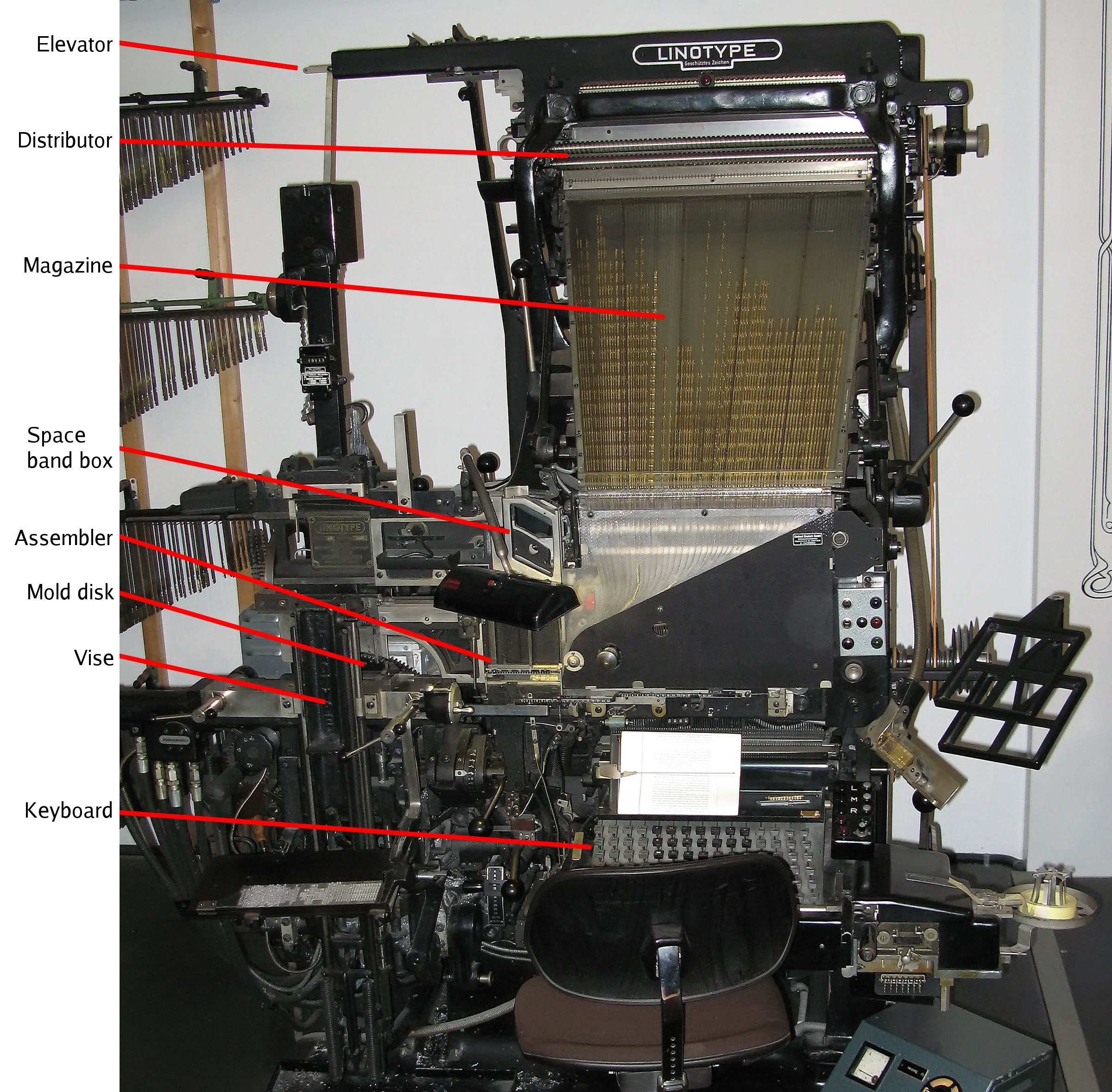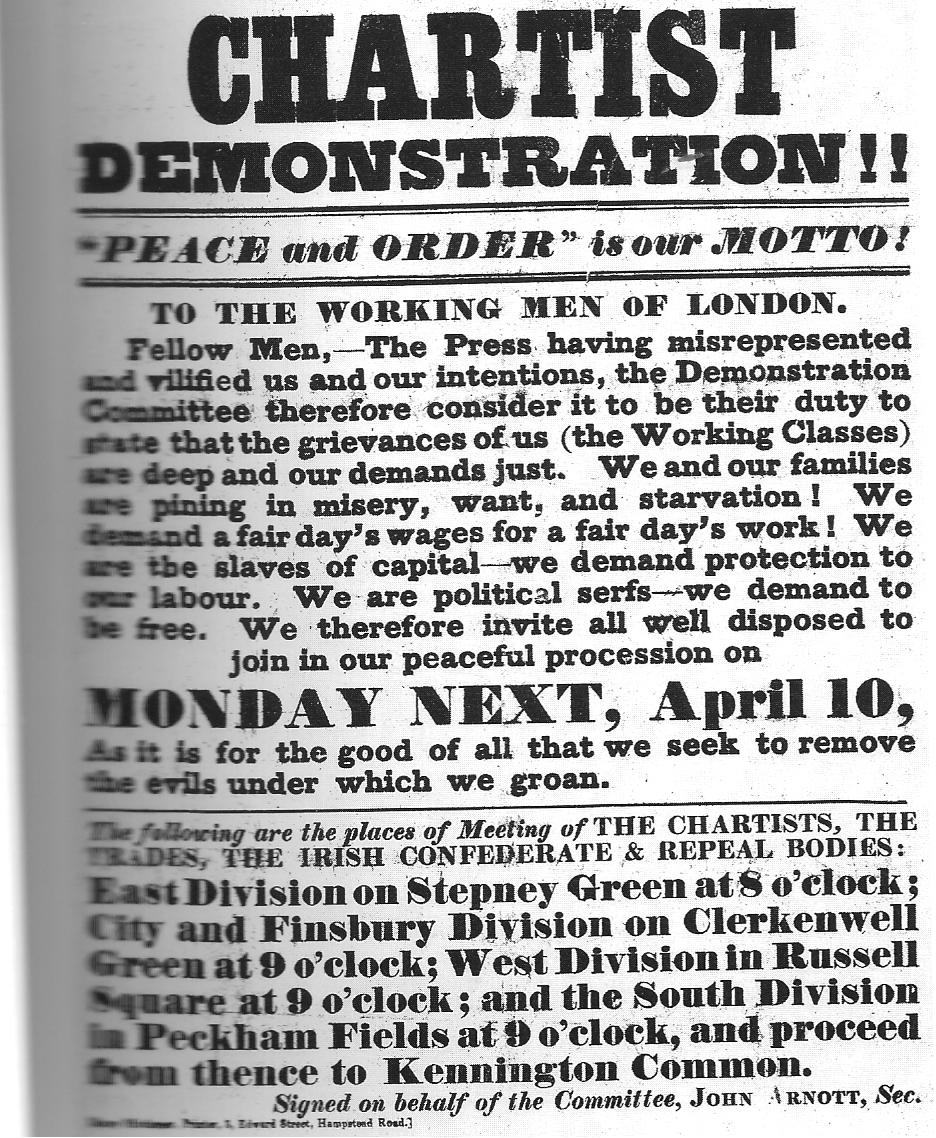|
Stempel Type Foundry
D. Stempel AG was a German typographic foundry founded by David Stempel (1869–1927), in Frankfurt am Main, Germany. Many important font designers worked for the Stempel foundry, including Hans Bohn, Warren Chappell, F. H. Ehmcke, Friedrich Heinrichsen, Hanns Th. Hoyer, F. W. Kleukens, Erich Meyer, Hans Möhring, Hiero Rhode, Wilhelm Schwerdtner, Herbert Thannhaeuser, Martin Wilke, Rudolf Wolf, Victor Hammer, Hermann Zapf, and Gudrun Zapf von Hesse. With the introduction of '' Memphis'' in 1929, the foundry was the first to cast modern slab serif typefaces. From 1900 to 1983, Stempel had an exclusive relationship with Mergenthaler Linotype Company, as one of just a few producers of matrices for the Linotype machine worldwide and the only one in Europe. Starting in 1925, Stempel types were distributed in the United States by Continental Type Founders Association. Linotype AG became the majority stockholder in 1941. In 1977, Stempel began manufacturing Phot ... [...More Info...] [...Related Items...] OR: [Wikipedia] [Google] [Baidu] |
Aktiengesellschaft
(; abbreviated AG, ) is a German word for a corporation limited by share ownership (i.e. one which is owned by its shareholders) whose shares may be traded on a stock market. The term is used in Germany, Austria, Switzerland (where it is equivalent to a '' société anonyme'' or a '' società per azioni''), and South Tyrol for companies incorporated there. It is also used in Luxembourg (as lb, Aktiëgesellschaft, label=none, ), although the equivalent French language term '' société anonyme'' is more common. In the United Kingdom, the equivalent term is "PLC" and in the United States while the terms "incorporated" or "corporation" are typically used, technically the more precise equivalent term is " joint-stock company" (though note for the British term only a minority of public limited companies have their shares listed on stock exchanges). Meaning of the word The German word ''Aktiengesellschaft'' is a compound noun made up of two elements: ''Aktien'' meaning an actin ... [...More Info...] [...Related Items...] OR: [Wikipedia] [Google] [Baidu] |
Martin Wilke
Martin Wilke (1903-1993) was a German type designer Type design is the art and process of designing typefaces. This involves drawing each letterform using a consistent style. The basic concepts and design variables are described below. A typeface differs from other modes of graphic production su ..., mostly of script faces. He studied at the School of Arts and Crafts or School of Applied Arts in Berlin in 1921. After 1923, he was hired by studio of Wilhelm Deffke and later became an independent graphic designer. Fonts Designed References 1903 births 1993 deaths German graphic designers German typographers and type designers {{typ-stub ... [...More Info...] [...Related Items...] OR: [Wikipedia] [Google] [Baidu] |
Haas Type Foundry
Haas Type Foundry (''Haas'sche Schriftgiesserei'') was a Swiss manufacturer of foundry type. First the factory was located in Basel, in the 1920s they relocated to Münchenstein. History Haas traces its origins back to the printer Jean Exertier who began casting type during the second half of the 16th century, later passing to the Genath family. In 1718, Johann Wilhelm Haas (1698–1764) from Nuremberg was hired. He later inherited the company as recognition of his efforts. After 1740, the business was run under the Haas name. In 1927 the Stempel Foundry acquired a shareholding in the Haas foundry and the two foundries begin to share matrices. Haas purchased the French foundries Deberny & Peignot Deberny & Peignot (Fonderie Deberny et Peignot) was a French type foundry, created by the 1923 merger of G. Peignot & Fils and Deberny & Cie. It was bought by the Haas Type Foundry (Switzerland) in 1972, which in turn was merged into D. Stempel ... in 1972, and Fonderie Olive i ... [...More Info...] [...Related Items...] OR: [Wikipedia] [Google] [Baidu] |
Darmstadt University Of Technology
Darmstadt () is a city in the state of Hesse in Germany, located in the southern part of the Rhine-Main-Area (Frankfurt Metropolitan Region). Darmstadt has around 160,000 inhabitants, making it the fourth largest city in the state of Hesse after Frankfurt am Main, Wiesbaden, and Kassel. Darmstadt holds the official title "City of Science" (german: link=no, Wissenschaftsstadt) as it is a major centre of scientific institutions, universities, and high-technology companies. The European Organisation for the Exploitation of Meteorological Satellites (EUMETSAT) and the European Space Operations Centre (ESOC) are located in Darmstadt, as well as GSI Centre for Heavy Ion Research, where several chemical elements such as bohrium (1981), meitnerium (1982), hassium (1984), darmstadtium (1994), roentgenium (1994), and copernicium (1996) were discovered. The existence of the following elements were also confirmed at GSI Centre for Heavy Ion Research: nihonium (2012), flerovium (2009 ... [...More Info...] [...Related Items...] OR: [Wikipedia] [Google] [Baidu] |
Phototypesetting
Phototypesetting is a method of setting type. It uses photography to make columns of type on a scroll of photographic paper. It has been made obsolete by the popularity of the personal computer and desktop publishing (digital typesetting). The first phototypesetters quickly project light through a film negative of an individual character in a font, then through a lens that magnifies or reduces the size of the character onto photographic paper or film, which is collected on a spool in a light-proof canister. The paper or film is then fed into a processor, a machine that pulls the paper or film strip through two or three baths of chemicals, from which it emerges ready for paste-up or film make-up. Later phototypesetting machines used other methods, such as displaying a digitised character on a CRT screen. Phototypesetting offered numerous advantages over metal type, including the lack of need to keep heavy metal type and matrices in stock, the ability to use a much wider ran ... [...More Info...] [...Related Items...] OR: [Wikipedia] [Google] [Baidu] |
Continental Type Founders Association
Continental Type Founders Association was founded by Melbert Brinckerhoff Cary Jr. in 1925 to distribute foundry type imported from European foundries. The influence of more modern European type design was thus felt in the United States for the first time, and American foundries responded by imitating many of the more popular faces. A.T.F.'s ''Paramount'' and Monotype's ''Sans Serif'' series are two examples of this. Foundries represented The following foundries were represented:''Specimen Book of Continental Types,'' Continental Type Founders Association, N.Y.C., 1929. Beginning in 1927 Continental also distributed faces cast by Frederic Goudy Frederic William Goudy (, March 8, 1865 – May 11, 1947) was an American printer, artist and type designer whose typefaces include Copperplate Gothic, Goudy Old Style and Kennerley. He was one of the most prolific of American type designers and ..., and two faces for Doug McMurtrie. At first Goudy's type was cast at his own ... [...More Info...] [...Related Items...] OR: [Wikipedia] [Google] [Baidu] |
Linotype Machine
The Linotype machine ( ) is a "line casting" machine used in printing; manufactured and sold by the former Mergenthaler Linotype Company and related It was a hot metal typesetting system that cast lines of metal type for individual uses. Linotype became one of the mainstay methods to set type, especially small-size body text, for newspapers, magazines, and posters from the late 19th century to the 1970s and 1980s, when it was largely replaced by phototypesetting and digital typesetting. The name of the machine comes from the fact that it produces an entire line of metal type at once, hence a ''line-o'-type''. It was a significant improvement over the previous industry standard of manual, letter-by-letter typesetting using a composing stick and shallow subdivided trays, called "cases". The Linotype machine operator enters text on a 90-character keyboard. The machine assembles ''matrices'', which are molds for the letter forms, in a line. The assembled line is then cast ... [...More Info...] [...Related Items...] OR: [Wikipedia] [Google] [Baidu] |
Mergenthaler Linotype Company
The Mergenthaler Linotype Company is a corporation founded in the United States in 1886 to market the Linotype machine (), a system to cast metal type in lines (linecaster) invented by Ottmar Mergenthaler. It became the world's leading manufacturer of book and newspaper typesetting equipment; outside North America, its only serious challenger for book typesetting was the Anglo-American Monotype Corporation. Starting in 1960, the Mergenthaler Linotype Company became a major supplier of phototypesetting equipment which included laser typesetters, typefonts, scanners, typesetting computers. In 1987, the US-based Mergenthaler Linotype Company became part of the German Linotype-Hell AG; in the US the company name changed to Linotype Co. In 1996, the German Linotype-Hell AG was taken over by the German printing machine company Heidelberger Druckmaschinen AG. A separate business, Linotype Library GmbH was established to manage the digital assets. In 2005, Linotype Library GmbH shortened ... [...More Info...] [...Related Items...] OR: [Wikipedia] [Google] [Baidu] |
Slab Serif
In typography, a slab serif (also called ''mechanistic'', ''square serif'', ''antique'' or ''Egyptian'') typeface is a type of serif typeface characterized by thick, block-like serifs. Serif terminals may be either blunt and angular ( Rockwell), or rounded (Courier). Slab serifs were introduced in the early nineteenth century. Slab serifs form a large and varied genre. Some such as Memphis and Rockwell have a geometric design with minimal variation in stroke width: they are sometimes described as sans-serif fonts with added serifs. Others such as those of the Clarendon genre have a structure more like most other serif fonts, though with larger and more obvious serifs. These designs may have bracketed serifs which increase width along their length before merging with the main strokes of the letters, while on geometrics the serifs have a constant width. Display-oriented slab serifs are often extremely bold, intended to grab the reader's attention on a poster, while slab serifs or ... [...More Info...] [...Related Items...] OR: [Wikipedia] [Google] [Baidu] |
Memphis (typeface)
Memphis is a slab-serif typeface designed bDr. Rudolf Wolfand released in 1929 by the Stempel Type Foundry. Memphis is a "geometric" slab serif, reflecting the style of German geometric sans-serifs (in particular Futura) which had attracted considerable attention, and adapting the design to the slab serif structure. Its structure is strictly monoline, with a "single-storey" 'a' similar to blackletter or handwriting, in an almost-perfect circle. It was released in several weights and with alternative characters such as swashes, which digitisations have mostly not included. Memphis has an Egyptian name, in reference to the fact that early slab serifs were often called "Egyptians" as an exoticism by nineteenth-century typefounders. Memphis and other similar designs were popular in printing during the hot metal typesetting period and several foundries brought out similar designs or direct imitations such as Karnak and Stymie in the United States and Rosmini from Nebiolo in It ... [...More Info...] [...Related Items...] OR: [Wikipedia] [Google] [Baidu] |
Gudrun Zapf Von Hesse
Gudrun Zapf-von Hesse (2 January 1918 – 13 December 2019) was a German book-binder, calligrapher and typographer. She also designed several typefaces. She was the 1991 winner of the Frederic W. Goudy Award. To mark her hundredth birthday in January 2018, Monotype released the titling typeface Hesse-Antiqua. Early life and education Gudrun von Hesse was born on 2 January 1918 in Schwerin, Mecklenburg-Schwerin (then part of German Empire). She became an apprentice and assistant at the bookbindery of Otto Dorfner in Weimar from 1934 to 1937. Her calligraphy practice began during this apprenticeship; in her acceptance address for the Frederic W. Goudy Award, she said "One afternoon a week we had to write very simple letters. I was not satisfied with this form of instruction; therefore, I taught myself at home, from a detailed examination of the works of Rudolf Koch and Edward Johnston.” After completing her apprenticeship in 1937, Hesse stayed on as an assistant in Dorfner's ... [...More Info...] [...Related Items...] OR: [Wikipedia] [Google] [Baidu] |
_FFM_Schriftgießerei_D.Stempel_AG.jpg)


.jpg)



.jpg)